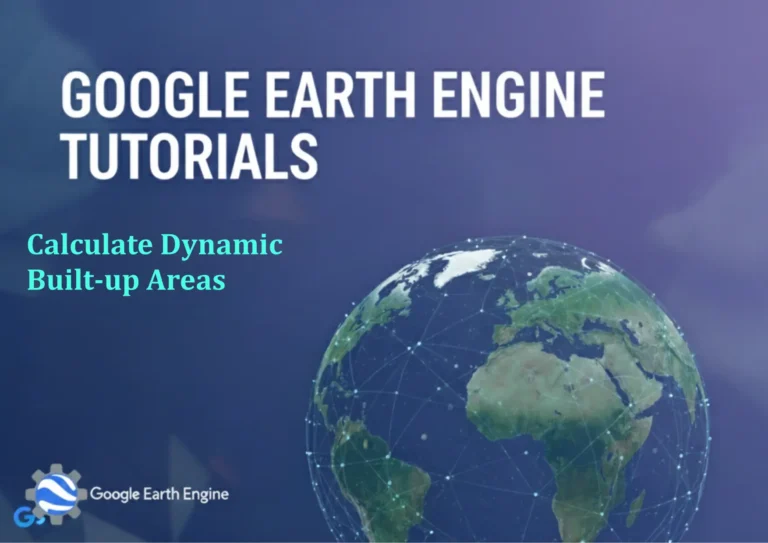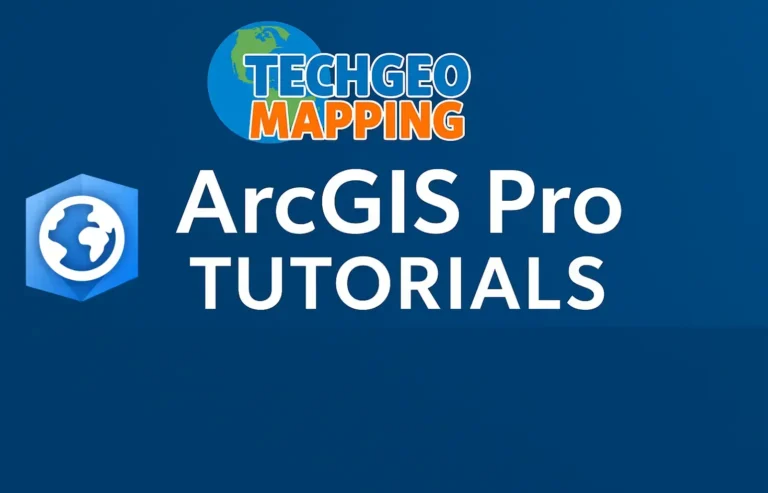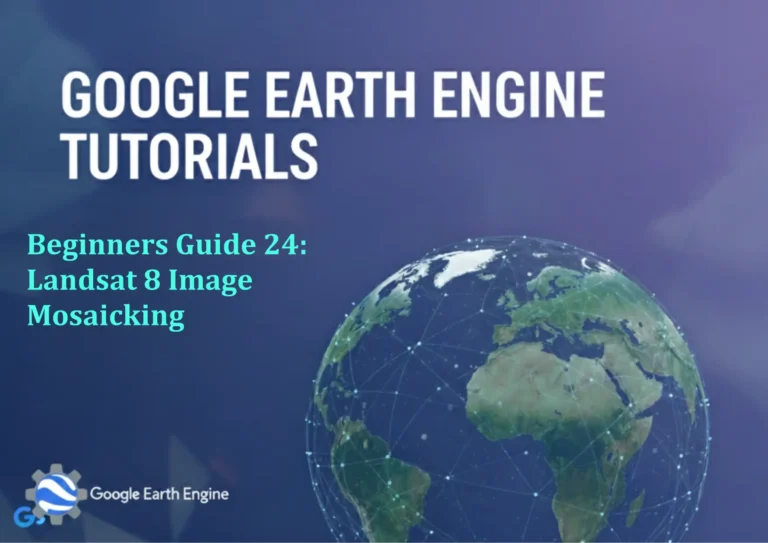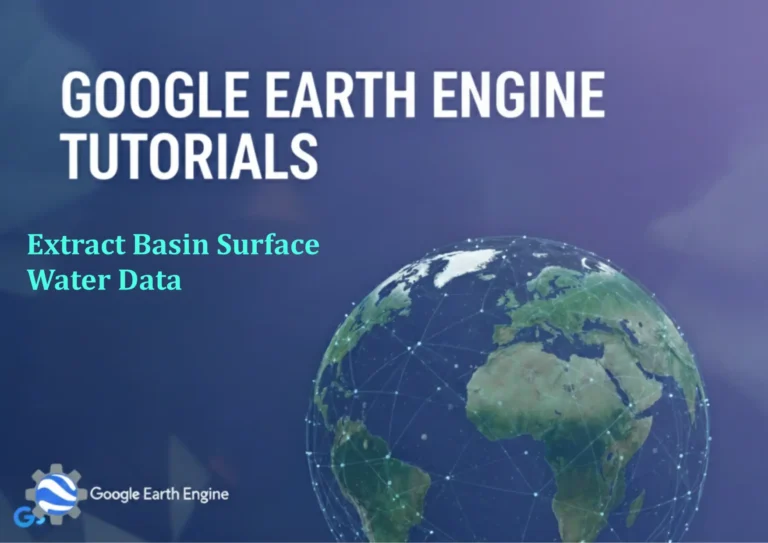Google Earth Engine Tutorial: Download Dynamic World Land Cover Data
Credit: Youtube Channel “Terra Spatial, Tutorial on downloading 10m resolution land cover data from Dynamic World V1 dataset.”
You can see all the tutorials from here: Techgeo Academy.
Google Earth Engine Tutorial: Download Dynamic World Land Cover Data Using Google Earth Engine
Google Earth Engine (GEE) is a powerful platform for planetary-scale geospatial analysis. One of its valuable datasets is the Dynamic World Land Cover Data, which provides global land cover information at 10-meter resolution, updated monthly. This dataset is ideal for monitoring land use changes, environmental studies, and urban planning. Below is a step-by-step guide to download it.
Step 1: Access Google Earth Engine Code Editor
Go to https://code.earthengine.google.com and sign in with your Google account. Ensure your account has access to GEE (some features may require a paid license).
Step 2: Load Dynamic World Dataset
Use the following code to load the Dynamic World dataset:
var dynamicWorld = ee.ImageCollection("DYNAMICWORLD/V1");Step 3: Define the Area of Interest (AOI)
Create a geometry or import a shapefile to specify your region of interest. Example using a rectangle:
var aoi = ee.Geometry.Rectangle([minLon, minLat, maxLon, maxLat]);Step 4: Filter and Select Data
Filter the dataset by date range and select the land cover band:
var filtered = dynamicWorld.filterDate('2023-01-01', '2023-12-31').select('landcover');Step 5: Export the Data
Export the selected image as a GeoTIFF file to your Google Drive:
Export.image.toDrive({image: filtered.first(),
description: 'DynamicWorld_2023',
folder: 'GEE_Exports',
fileNamePrefix: 'dynamic_world_2023',
region: aoi,
scale: 10,
crs: 'EPSG:4326',
maxPixels: 1e10
});
Note: Replace
minLon,minLat,maxLon, andmaxLatwith your specific coordinates.Step 6: Download from Google Drive
After running the code, the exported file will appear in your Google Drive. Download it for further analysis in GIS software like QGIS or ArcGIS.
Additional Tips:
- Visualization: Use the
Map.addLayer()function to preview the data in the GEE Code Editor. - Time Series Analysis: Iterate through the image collection to extract data for specific months or years.
- Scalability: Adjust the
maxPixelsparameter for larger regions to avoid errors.
FAQ
What is the resolution of Dynamic World data?
Dynamic World data has a resolution of 10 meters per pixel, providing high detail for land cover classification.
Can I access data older than 2023?
Yes, the dataset covers 2016 to 2022. Modify the filterDate() parameters for older years.
How accurate is the Dynamic World land cover classification?
The data is trained on Sentinel-2 imagery with ~85% accuracy for major land cover types, though accuracy may vary by region.
What land cover classes are included?
Dynamic World categorizes land cover into 10 classes, including forests, agriculture, water, urban areas, and more. Refer to the official documentation for full details.
Is the dataset free to use?
Yes, Dynamic World is open-source and free, but access to GEE may incur costs for large-scale processing or data export.
How do I automate batch downloads?
You can use the Export.image.toDrive() function in a loop or schedule tasks via Task.start() for multiple dates or regions.






